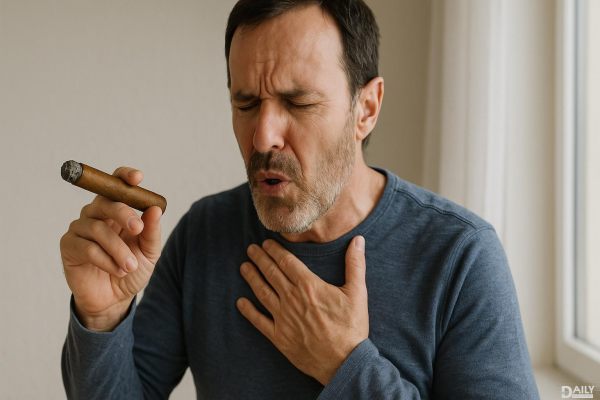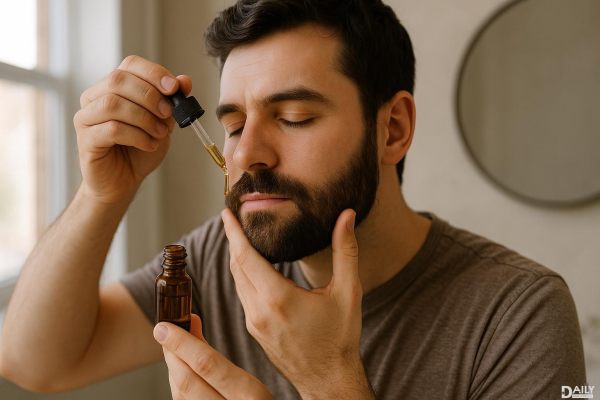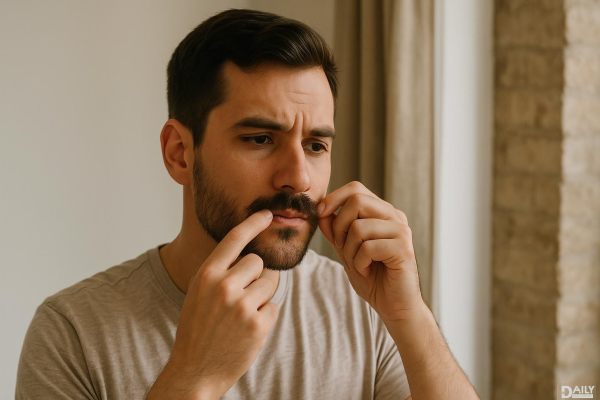If you’ve ever wondered why cigar enthusiasts puff rather than inhale, the answer lies in the unique nature of cigars themselves. Unlike cigarettes, cigars are not designed to be inhaled deeply into the lungs. Doing so can lead to a host of unpleasant—and potentially dangerous—side effects. Let’s dive into why cigars are meant to be savored, not inhaled, and what happens if you ignore this golden rule.

Cigars are crafted from fermented tobacco leaves, which are packed tightly and rolled into a dense, flavorful product. This fermentation process creates a high concentration of nicotine and other compounds, making cigars significantly stronger than cigarettes. When you puff on a cigar, the smoke is meant to linger in your mouth, allowing you to taste the complex flavors. Inhaling, on the other hand, sends that potent smoke straight into your lungs, which can overwhelm your system. The nicotine content alone can cause dizziness, nausea, and even nicotine poisoning if inhaled deeply.
Inhaling cigar smoke is like throwing a party in your lungs that no one asked for. The high levels of nicotine and tar can irritate the delicate tissues in your respiratory system, leading to coughing fits, shortness of breath, and a burning sensation in your chest. Over time, this can increase your risk of developing respiratory issues, such as chronic bronchitis or even lung cancer. Additionally, the nicotine rush from inhaling can hit you like a freight train, leaving you feeling lightheaded, nauseous, and downright miserable. It’s a far cry from the smooth, relaxing experience cigar smoking is supposed to offer.
Cigar smoking has long been associated with relaxation, celebration, and camaraderie. It’s a ritual that’s meant to be enjoyed slowly, with friends or in quiet contemplation. Inhaling cigar smoke disrupts this experience, turning it into something rushed and uncomfortable. Plus, let’s be real—inhaling a cigar can make you look like a rookie in the eyes of seasoned cigar aficionados. Puffing, not inhaling, is the mark of someone who appreciates the art of cigar smoking and understands its nuances.
To truly savor a cigar, start by cutting the cap cleanly with a sharp cutter. Light the foot evenly using a butane lighter or wooden match, rotating the cigar to ensure an even burn. Once lit, take slow, deliberate puffs, allowing the smoke to roll over your tongue and palate. This method lets you appreciate the cigar’s flavor profile without overwhelming your system. Remember, it’s not about how much smoke you can inhale—it’s about the journey of flavors and aromas that unfold with each puff.
While not inhaling reduces some of the risks associated with cigar smoking, it’s important to note that cigars are still not a “safe” alternative to cigarettes. The smoke contains harmful chemicals, including carcinogens, that can increase your risk of oral, throat, and esophageal cancers. Even if you’re not inhaling, the prolonged exposure to these toxins can take a toll on your health. Moderation is key, and if you’re concerned about the risks, it’s worth considering whether cigar smoking is the right choice for you.
If you accidentally inhale cigar smoke, don’t panic. Take a break, drink some water, and let your body recover. If you experience severe symptoms like persistent nausea, dizziness, or difficulty breathing, seek medical attention. It’s a good reminder to stick to puffing and avoid inhaling in the future. After all, cigars are meant to be enjoyed, not endured.
So, the next time you light up a cigar, remember: it’s all about the puff, not the inhale. Take your time, savor the flavors, and enjoy the experience the way it was meant to be. Your lungs—and your taste buds—will thank you.
























